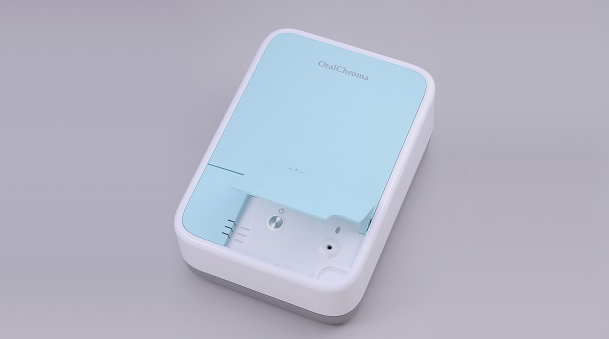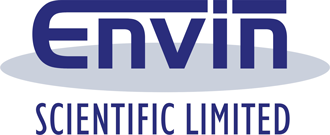
The uses of gas sensors and analysers
Gas sensors and analysers have been at the heart of the Envin Scientific family of products since the very beginning, and continue to form the core of our modern-day catalogue. Despite their ingenuity and technical design, as well as their importance in the environments where they are used, gas sensors are not necessarily expensive. Low-cost gas sensors use semiconductor technology to do the job with very low power demands, which also means low long-term running costs.
Gas Sensors and Analysers in Healthcare
The potential applications are huge, but healthcare and protective uses are among the most common, depending on the type of gas that is detected. Handheld gas sensors can even detect volatile sulphide components in human breath, which is an increasingly important diagnostic method in a range of different illnesses. In order to pick up on these volatile substances at very low concentrations, gas sensor chromatographs are used that can detect just a few parts per billion of the relevant compound.
Our Sensor Gas Chromatograph has a built-in gas analyser that allows samples to be separated into their constituent parts, and levels of each displayed to the user. This allows substances including hydrogen sulphide, ethanol, carbon monoxide, ethylbenzene, xylene and styrene – among several others – to be identified, again at very low concentrations. Meanwhile, the highly portable, quick and easy OralChroma gas sensor device looks for the volatile sulphide components hydrogen sulphide, dimethyl sulphide and methyl mercaptan in oral gas, which can be collected from the patient using a non-invasive syringe.
The benefits of non-invasive testing
Its uses range from the medical to the motivational: halitosis can be a sign of poor oral health, dental plaque build-up and gum disease. By identifying the precise level of volatile compounds in the breath, dentists can measure the scale of the problem and carry out work or provide advice accordingly. The results also give tangible evidence to the patient of the state of their oral health, which can reinforce the advice given and help to promote changes in oral healthcare behaviour. Finally, the presence of volatile substances in the breath can be associated with more sinister conditions elsewhere in the body – making oral gas sensors an effective early warning system as a non-invasive way to highlight a potential health risk that is hidden from view.

